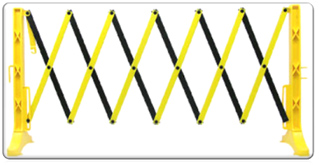 |
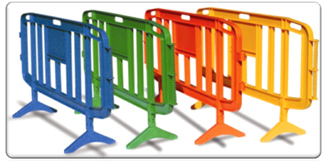 |
| Expandable Barrier | Plastic Safety Barrier |
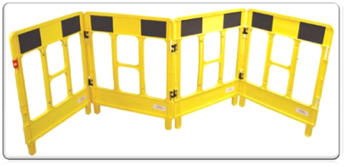 |
 |
| Work Gate Barrier | Australia Board Barrier |
 |
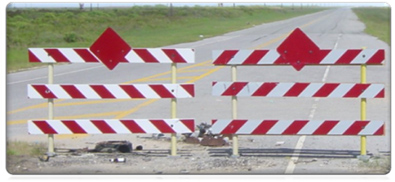 |
| European Barrier Board | American Traffic Barricade |
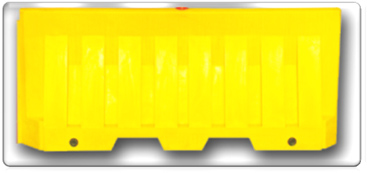 |
 |
| Water Filled Barrier | Stackable Water Filled Barrier |
Expandable Barrier | Fence Barrier | Water Filled Barrier Features:
The Traffic barrier was originally developed at Stevens Institute of Technology in Hoboken, N.J. (under the direction of the New Jersey State Highway Department[1]) to divide multiple lanes on a highway by the state of New Jersey in the United States. A Jersey barrier stands 3 feet tall and is made of poured concrete. Their widespread use on the highway has led to many other uses as a general barrier (for instance, during general construction projects or constructing temporary walkways). They are also known as K-rails (especially in Western states or when used temporarily during roadway construction - K-rail is the California Department of Transportation specification for temporary concrete traffic barriers) or traffic dividers.
The design of the Jersey barrier was specifically intended to minimize damage and reduce the likelihood of a car crossing into oncoming lanes in the event of a collision. For the more common shallow angle hits, the Jersey barrier is intended to minimize sheet metal damage by allowing the vehicle tires to ride up on the lower sloped face.
